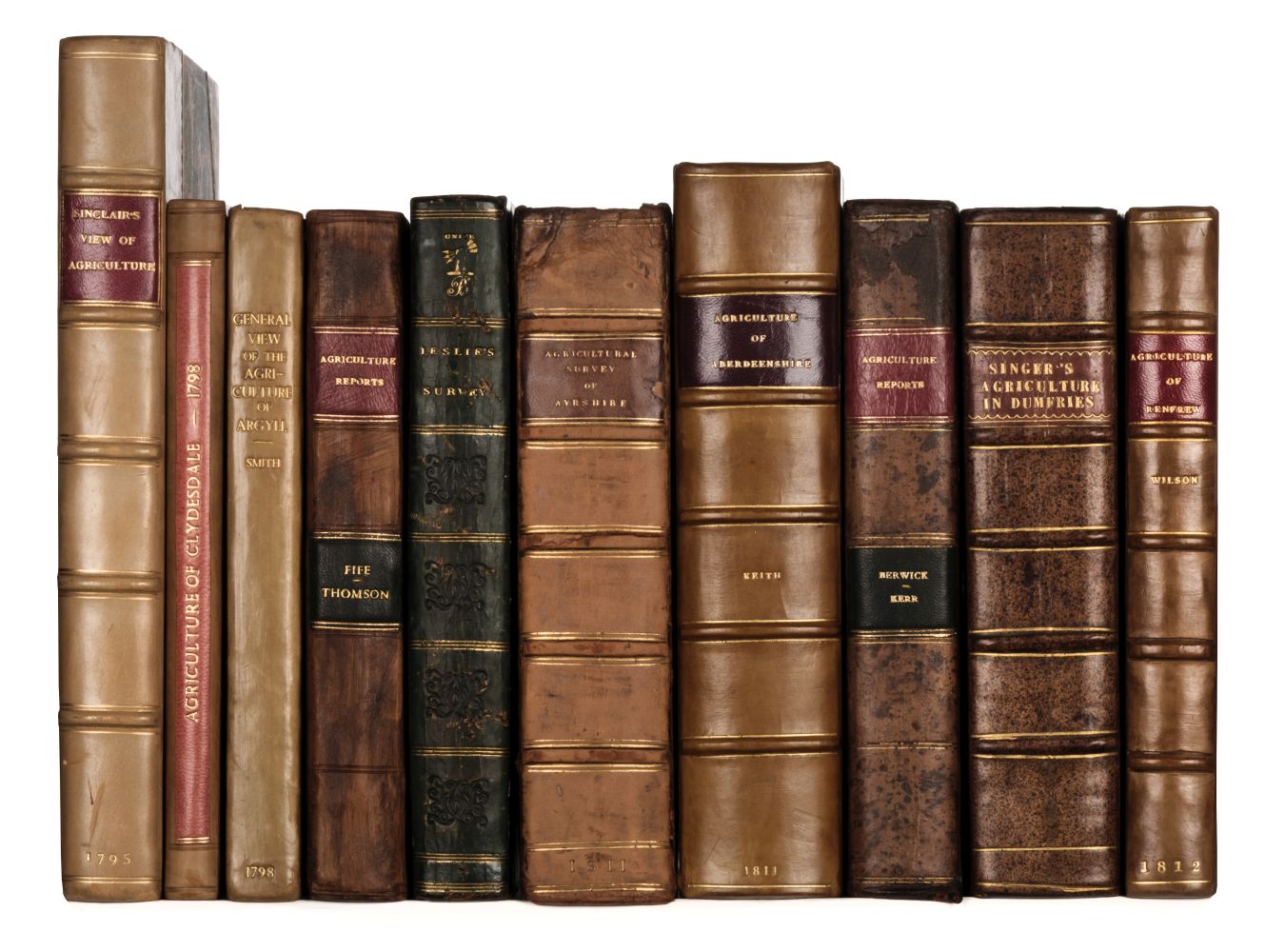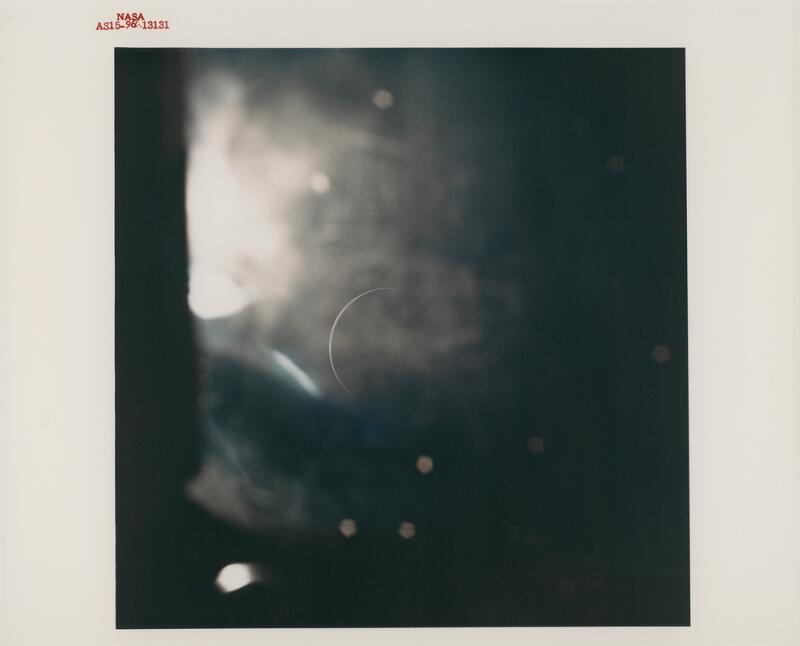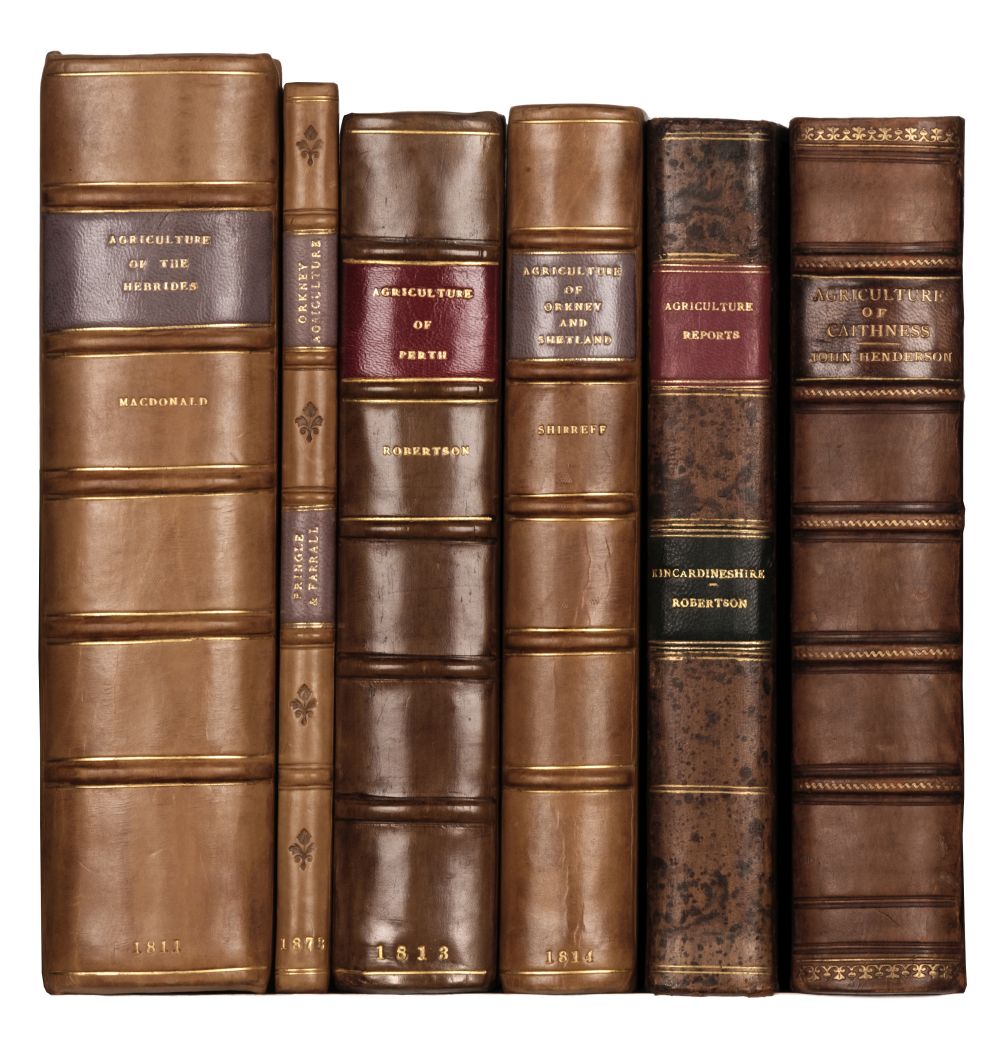A View of the Town of Concord; A View of the South Part of Lexington Amos Doolittle 1775 Amos DOOLITTLE (1754-1832). A View of the Town of Concord. [With:] A View of the South Part of Lexington. [New Haven: Amos Doolittle 1775]. A pair of the celebrated and extremely rare Amos Doolittle suite of prints depicting the Battle of Lexington and Concord—the first accurate views produced in America of the event that marked the start of the War of Independence. Doolittle, a New Haven silversmith, marched to Boston on 21 April with his local militia upon hearing the news of Lexington and Concord. Soon after arriving in camp in Cambridge, Doolittle took leave to visit Lexington and Concord where he acquired sketches of the area and interviewed eyewitnesses. Returning to New Haven, he tried his hand at his first engravings, which were advertised for sale in December 1775 (See Connecticut Journal, 13, 20 & 27 December 1775). Later in life, Doolittle credited New England painter Ralph Earl (1751-1801) as the artist who produced the initial sketches with the young silversmith acting as a model for some of the more detailed human figures. Today, they stand as the most compelling of any contemporary image of the American Revolution by a contemporary eyewitness. "The most coveted early American engravings and the most significant historically are Doolittle's Lexington and Concord Series." (Shadwell) “For all the injuries and indignities that time has brought to them, no images remain more prized …Than any or all of the four views engraved by Amos Doolittle…" (Fowble) "Crude as they are, Doolittle's prints of the battle are the best pictorial record—indeed, the only pictorial record by a contemporary American—of the events of April 19, 1775. They are the only representations of the battle with a genuine claim to authenticity." (M. G. Quimby, "The Doolittle Engravings of the Battle of Lexington and Concord," Winterthur Portfolio, 1968, 4:83) The first engraving, titled, "A View of the Town of Concord" (Plate II) shows British columns marching into Concord on 19 April 1775 following the short action on Lexington Green earlier in the day. Several detachments can be seen in the background including a small group rolling out barrels of powder and dumping them in the mill pond (upper left). In the foreground, Colonel Smith and Major Pitcairn are reconnoitering with a spyglass. Below, captions identify various pieces of the action: "1. Companies of the Regulars marching into Concord. 2. Companies of Regulars drawn up in order. 3. A Detaichment destroying the Provincal[']s Stores. 4 & 5 Colonel Smith & Major Pitcairn viewing the Provincials who were mustering on an East Hill in Concord 6. The Townhouse. 7 the Meetinghouse —" The second engraving, A View of the South Part of Lexington (Plate IV) shows the regulars in action as they returned to Lexington after the engagement on Concord Bridge. It was there that they met the relief column from Boston headed by Hugh, Earl Percy Minutemen can be seen in the foreground firing behind walls as British soldiers attempt to defend the column as it marched through the withering gauntlet. Several houses sit ablaze in the background, torched presumably to deny snipers safe perches. As in Plate II, Doolittle has added identifying numbers which are captioned below the image: "1. Colonel Smith's Brigade retreating before the Provincials. 2. Earl Piercys [sic] Brigade meeting them. 3 & 4. Earl Percey & Col. Smith. 5. Provincials. 6 & 7. The Flanck-guards of Piercys Brigade. 8. A Field-piece pointed at the Lexington Me[e]tinghouse. 9. The Burning of the Houses in Lexington." Extremely rare. Less than ten full sets of Doolittle's views of Lexington and Concord survive tougher with an additional four or five incomplete sets. See Quimby, pp. 90, 94; Shadwell, 50 & 52. Provenance: A Connecticut museum (purchase c. 1888-1900) – (purchase) Henry Watson Kent – Winter Associates, 13 January 2014, lot 474 (sold to) – the consi
A View of the Town of Concord; A View of the South Part of Lexington Amos Doolittle 1775 Amos DOOLITTLE (1754-1832). A View of the Town of Concord. [With:] A View of the South Part of Lexington. [New Haven: Amos Doolittle 1775]. A pair of the celebrated and extremely rare Amos Doolittle suite of prints depicting the Battle of Lexington and Concord—the first accurate views produced in America of the event that marked the start of the War of Independence. Doolittle, a New Haven silversmith, marched to Boston on 21 April with his local militia upon hearing the news of Lexington and Concord. Soon after arriving in camp in Cambridge, Doolittle took leave to visit Lexington and Concord where he acquired sketches of the area and interviewed eyewitnesses. Returning to New Haven, he tried his hand at his first engravings, which were advertised for sale in December 1775 (See Connecticut Journal, 13, 20 & 27 December 1775). Later in life, Doolittle credited New England painter Ralph Earl (1751-1801) as the artist who produced the initial sketches with the young silversmith acting as a model for some of the more detailed human figures. Today, they stand as the most compelling of any contemporary image of the American Revolution by a contemporary eyewitness. "The most coveted early American engravings and the most significant historically are Doolittle's Lexington and Concord Series." (Shadwell) “For all the injuries and indignities that time has brought to them, no images remain more prized …Than any or all of the four views engraved by Amos Doolittle…" (Fowble) "Crude as they are, Doolittle's prints of the battle are the best pictorial record—indeed, the only pictorial record by a contemporary American—of the events of April 19, 1775. They are the only representations of the battle with a genuine claim to authenticity." (M. G. Quimby, "The Doolittle Engravings of the Battle of Lexington and Concord," Winterthur Portfolio, 1968, 4:83) The first engraving, titled, "A View of the Town of Concord" (Plate II) shows British columns marching into Concord on 19 April 1775 following the short action on Lexington Green earlier in the day. Several detachments can be seen in the background including a small group rolling out barrels of powder and dumping them in the mill pond (upper left). In the foreground, Colonel Smith and Major Pitcairn are reconnoitering with a spyglass. Below, captions identify various pieces of the action: "1. Companies of the Regulars marching into Concord. 2. Companies of Regulars drawn up in order. 3. A Detaichment destroying the Provincal[']s Stores. 4 & 5 Colonel Smith & Major Pitcairn viewing the Provincials who were mustering on an East Hill in Concord 6. The Townhouse. 7 the Meetinghouse —" The second engraving, A View of the South Part of Lexington (Plate IV) shows the regulars in action as they returned to Lexington after the engagement on Concord Bridge. It was there that they met the relief column from Boston headed by Hugh, Earl Percy Minutemen can be seen in the foreground firing behind walls as British soldiers attempt to defend the column as it marched through the withering gauntlet. Several houses sit ablaze in the background, torched presumably to deny snipers safe perches. As in Plate II, Doolittle has added identifying numbers which are captioned below the image: "1. Colonel Smith's Brigade retreating before the Provincials. 2. Earl Piercys [sic] Brigade meeting them. 3 & 4. Earl Percey & Col. Smith. 5. Provincials. 6 & 7. The Flanck-guards of Piercys Brigade. 8. A Field-piece pointed at the Lexington Me[e]tinghouse. 9. The Burning of the Houses in Lexington." Extremely rare. Less than ten full sets of Doolittle's views of Lexington and Concord survive tougher with an additional four or five incomplete sets. See Quimby, pp. 90, 94; Shadwell, 50 & 52. Provenance: A Connecticut museum (purchase c. 1888-1900) – (purchase) Henry Watson Kent – Winter Associates, 13 January 2014, lot 474 (sold to) – the consi








.jpg)






Try LotSearch and its premium features for 7 days - without any costs!
Be notified automatically about new items in upcoming auctions.
Create an alert